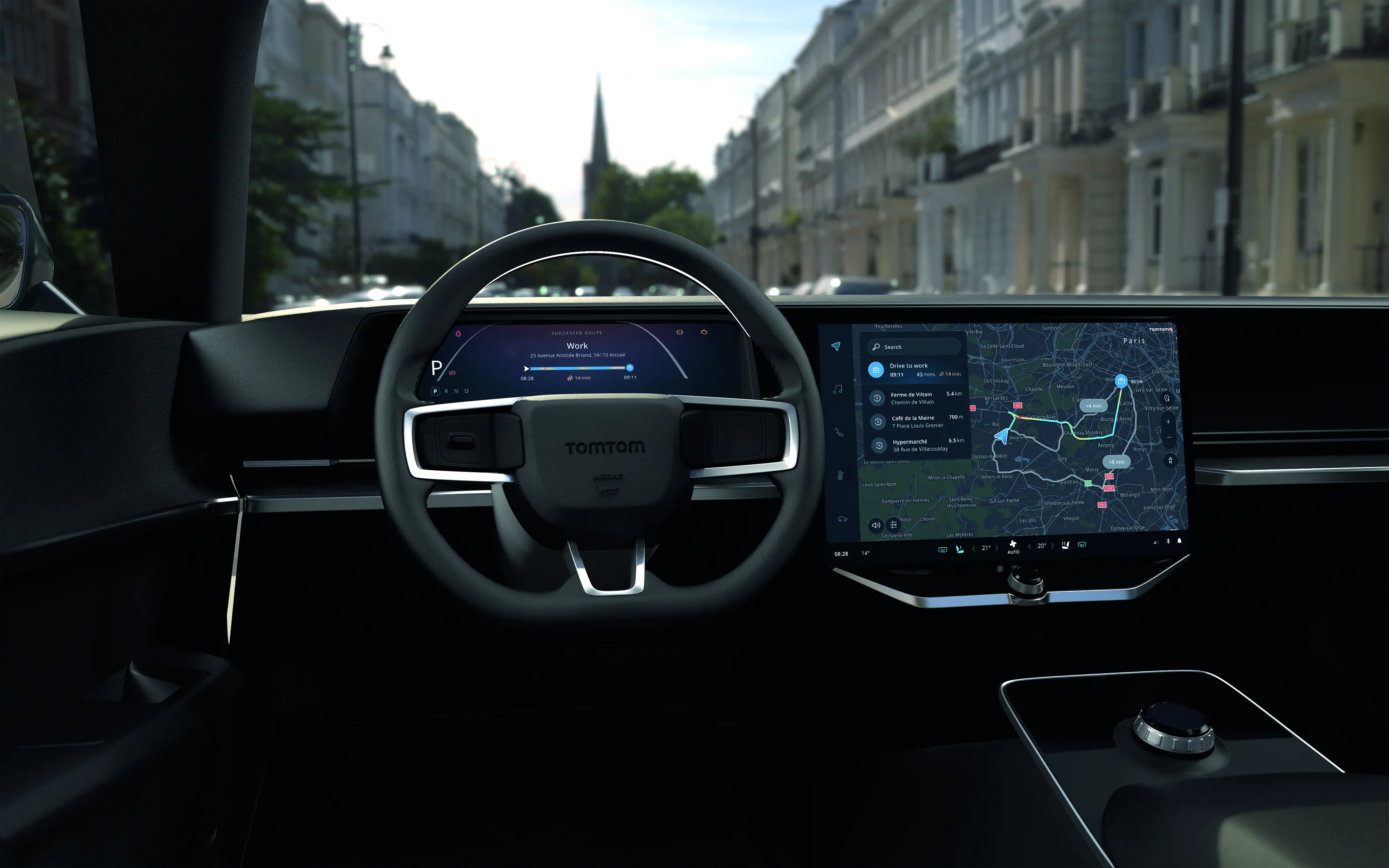TomTom has released the latest version of its HD Traffic real time real-time traffic information service, TomTom HD Traffic 6.0, which the company says offers more precise information about roadworks, road closures and jam locations, helping drivers reach their destination faster. The service includes two new congestion forecasting features, which indicate whether a jam is growing or dispersing and estimate how long congestion will last. HD Traffic 6.0 reports the locations of traffic jams on highways up to
October 26, 2012
Read time: 2 mins
HD Traffic 6.0 reports the locations of traffic jams on highways up to fifteen times more precisely then industry-standard Traffic Message Channels (TMCs) and identifies 6 per cent more closed roads than HD Traffic 5.0. The service also uses information from GPS data sources to correct roadwork reports received from official sources. This means drivers are less likely to be routed via shut roads, avoiding unnecessary detours and frustration.
The latest version has two new functions which provide the user with traffic forecasts. HD Traffic 6.0 analyses congestion trends to indicate whether a particular traffic jam is growing, stable or dispersing. It also estimates how long the congestion will last. In the automotive and consumer connected navigation space both features are highly useful for more accurate routing and ETA calculation. Government organisations can benefit by using the new features for improved active traffic management.
"We're delighted to bring the enhanced version of HD Traffic to government and business," says Ralf-Peter Schäfer. "With improved road information, drivers can get to their destinations even faster. And with the new traffic forecasting features, government organisations can more effectively decide how to deal with congestion. This might be by using signs to reroute traffic, controlling traffic lights or, indeed, if the jam is dispersing, not taking any action at all."
TomTom HD Traffic has recently been re-accredited by the TÜV SÜD Group, for providing highly accurate and precise jam information on highways, A-roads and all main roads. Tests in Germany confirmed that traffic jams reported by HD Traffic 5.0 are accurate in 91% of instances.










